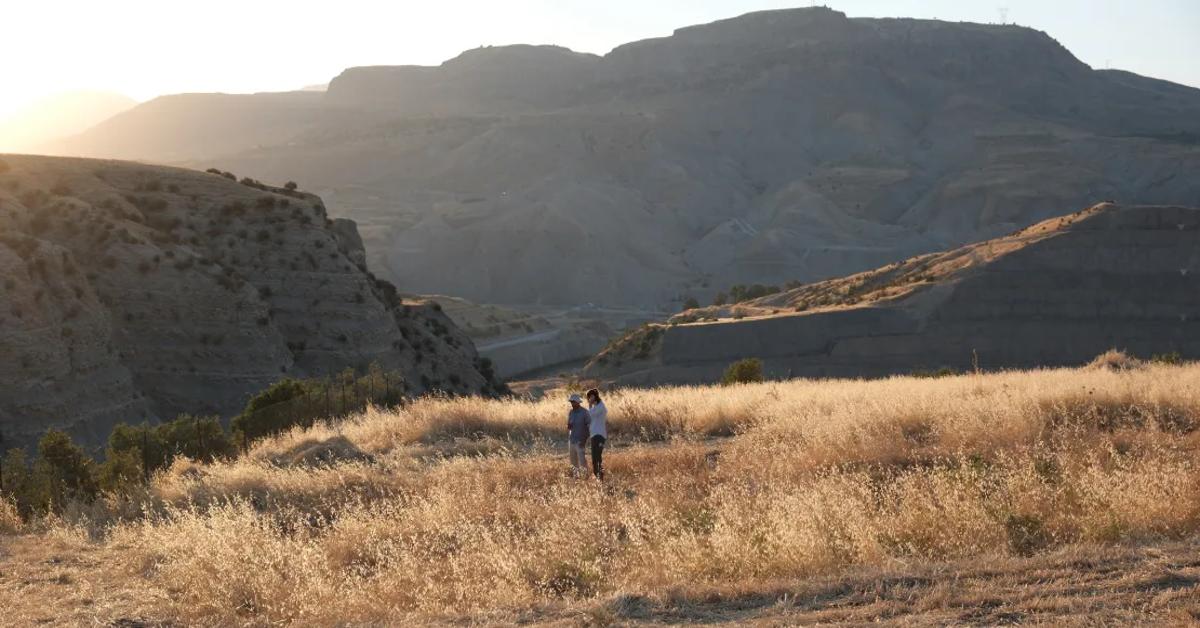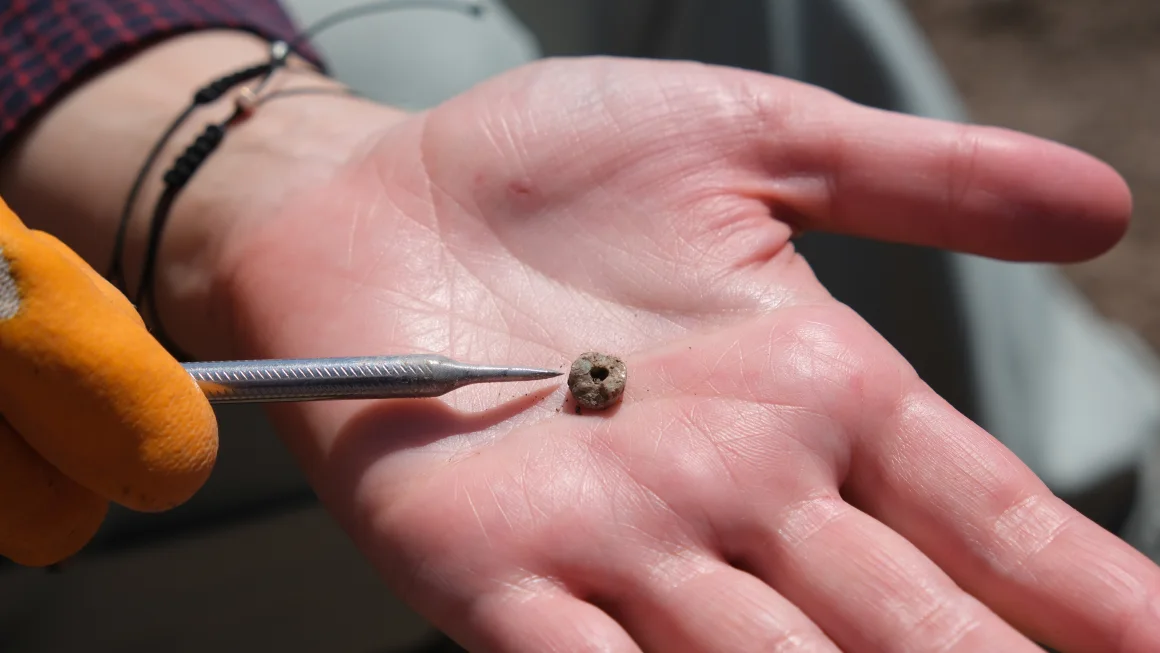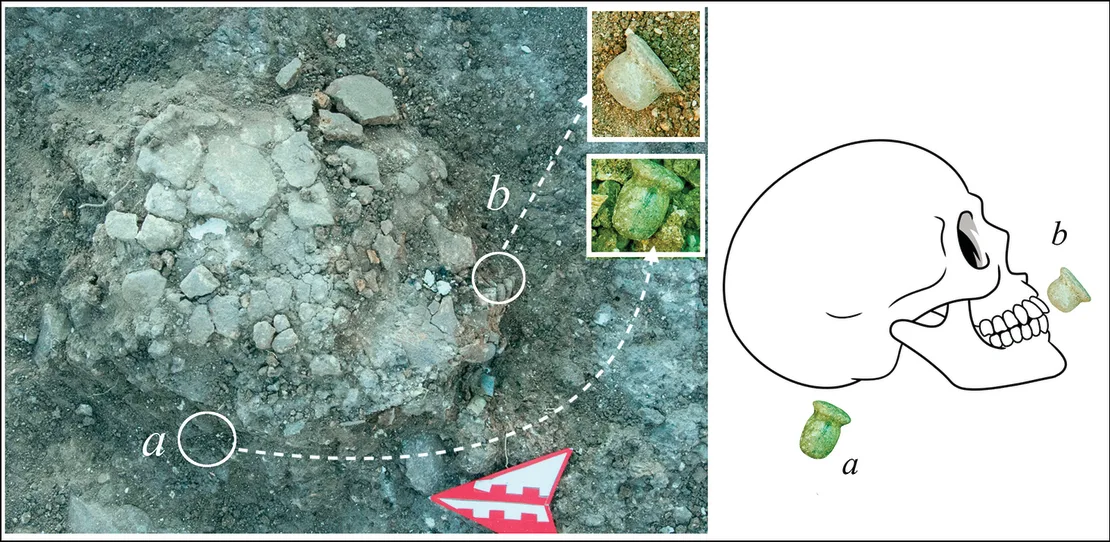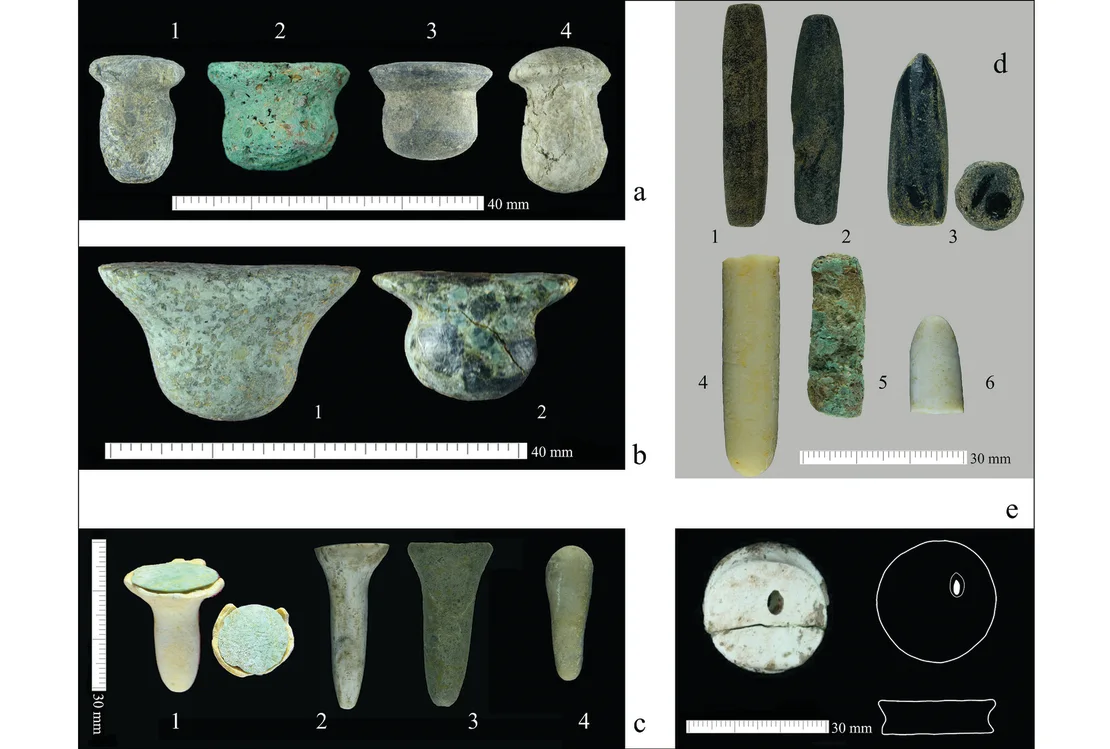
Archaeologists in Türkiye discover groundbreaking evidence linking prehistoric piercings and the bodies of the people who wore them in graves at the Boncuklu Tarla archaeological site
Evidence from the Boncuklu Tarla archaeological site in Mardin, Türkiye, suggests a culture of body adornment through piercings in the Pre-Pottery Neolithic period, dating back roughly 11,000 years ago.
The Boncuklu Tarla excavations revealed a significant number of artifacts interpreted as body ornaments found near the heads and jaws of adult skeletons.

Personal adornments, including earring-like objects thought to have been worn as piercings, have been documented in many parts of Southwest Asia. However, none of the objects interpreted as piercings had previously been found on people or directly associated with their bodies.
Excavations at the Boncuklu Tarla archaeological site in southeastern Turkey have revealed graves containing beads placed near the earlobes and foreheads of individuals, suggesting early ritualistic practices.
Lower incisor wear patterns in 11,000-year-old remains resemble those caused by labrets, a type of ornament worn under the lower lip.

For the first time, facial piercings of Neolithic people in southwest Asia were directly linked to the body parts they adorned, researchers reported Monday in the journal Antiquity. The findings also confirm that this practice was already common in the Pre-PotteryNeolithic period.
Scientists identified 85 objects recovered from the Boncuklu Tarla graves as ornaments made of materials such as flint, limestone, copper and obsidian, which were associated with the piercings.
Some of the labrets had been displaced from their original positions in the graves, possibly by rodents, but they were still close to the head and neck area of the human remains. Other fragments were still "located on the upper or lower surface of the skull or under the lower jaw," the study authors reported.

The researchers concluded that although the children were buried with necklaces and beads, none had ear ornaments or lip jewelry near the head, neck or chest, indicating that facial piercings were reserved for adults.
Source: Newsroom